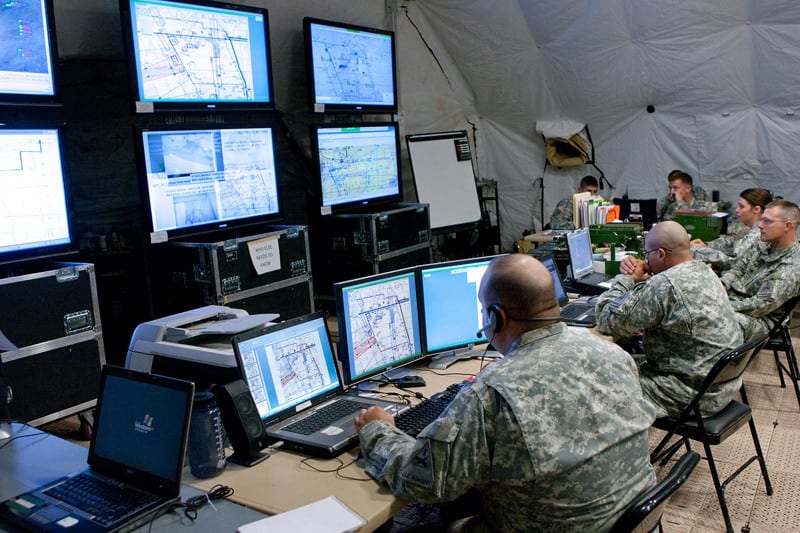


Speeding up how the Army acquires satellite bandwidth
The Defense Information Systems Agency wants a core network to provide ‘on-demand’ bandwidth capabilities.

DISA Forecast to Industry
A new AI center could help these two organizations
The Pentagon’s top IT officer said he expects a new Department of Defense center focused on artificial intelligence to be used, in part, for cyber operations and to protect the military’s networks.
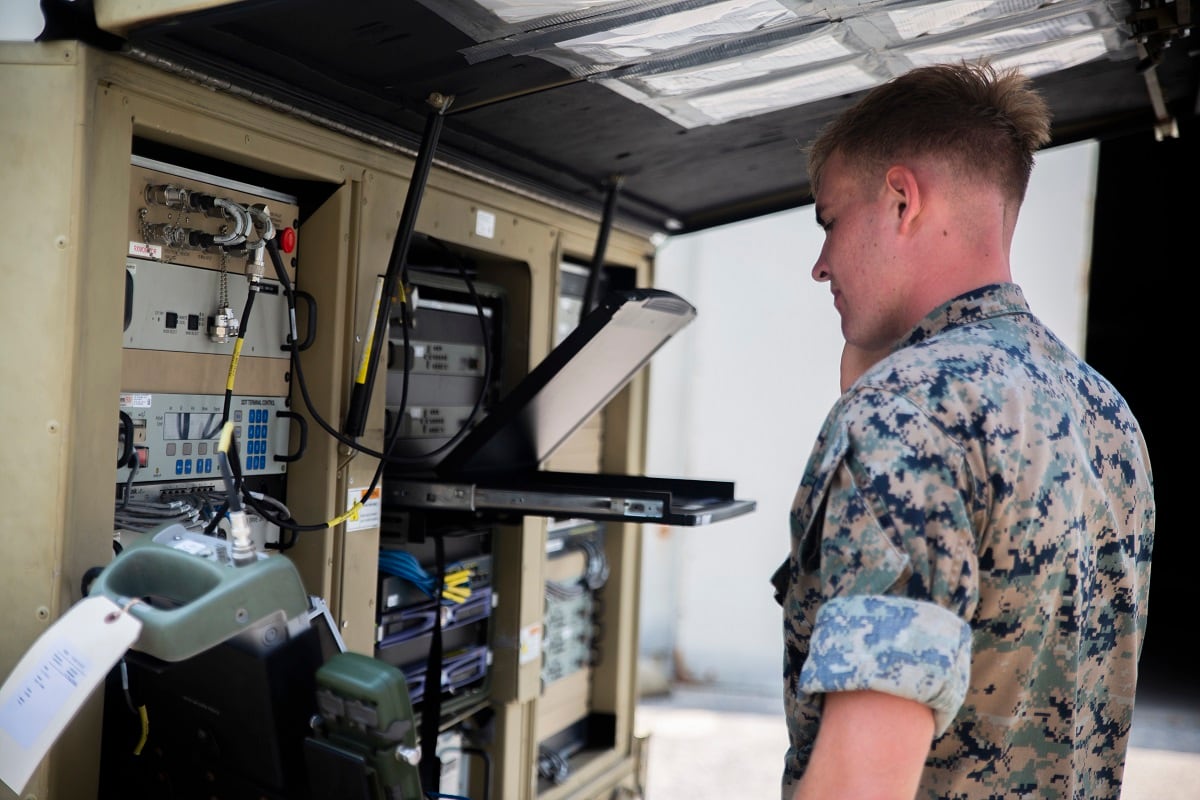
When is the network not really the network?
The Defense Information Systems Agency is looking for internet browsing to take place on a commercial cloud and away from Department of Defense servers.
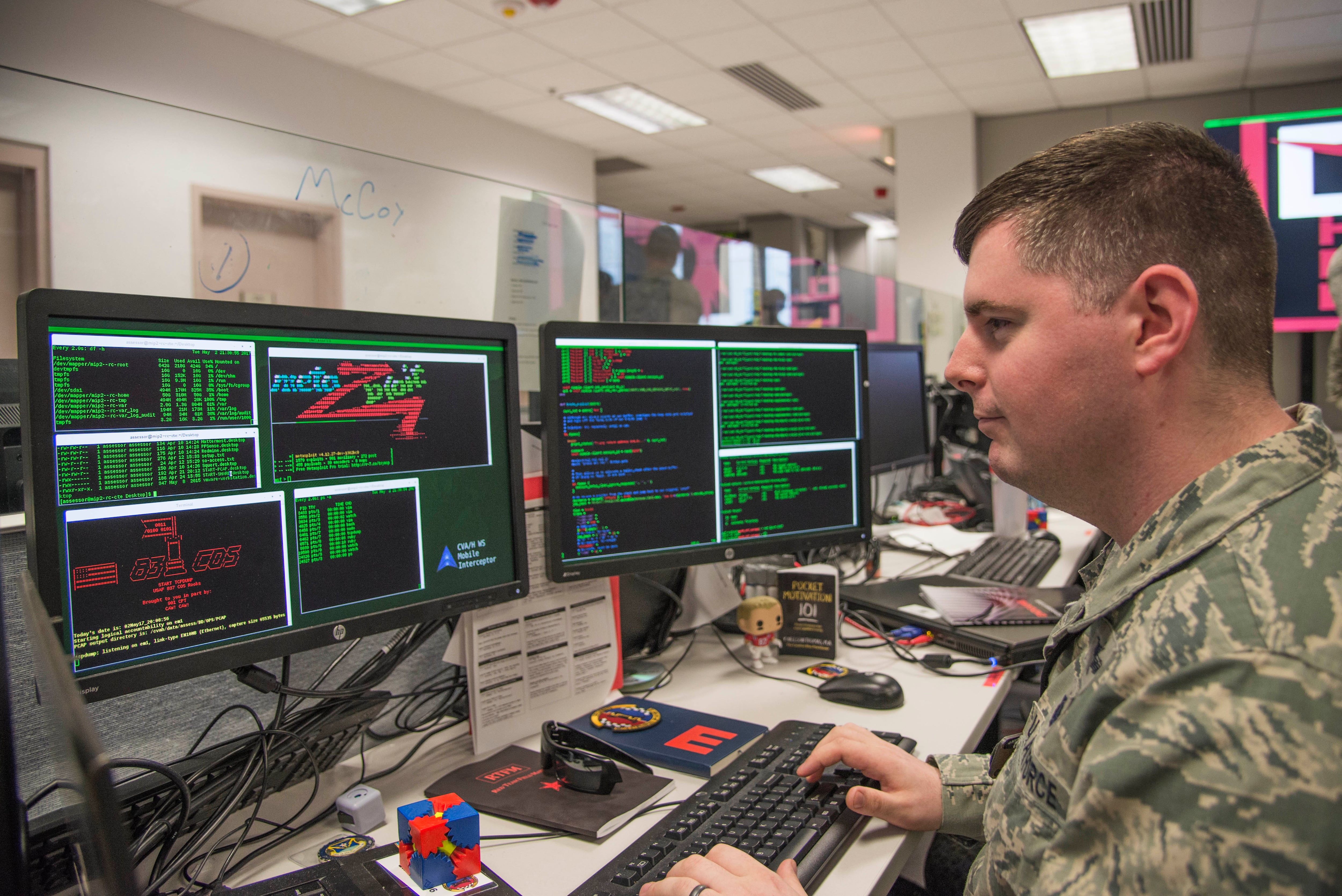
Cyber protection teams need more intelligence, say officials
There currently is no plan to change the structure of these teams to marry intelligence-oriented teams or intelligence cells within them, which CYBERCOM calls cyber support teams.
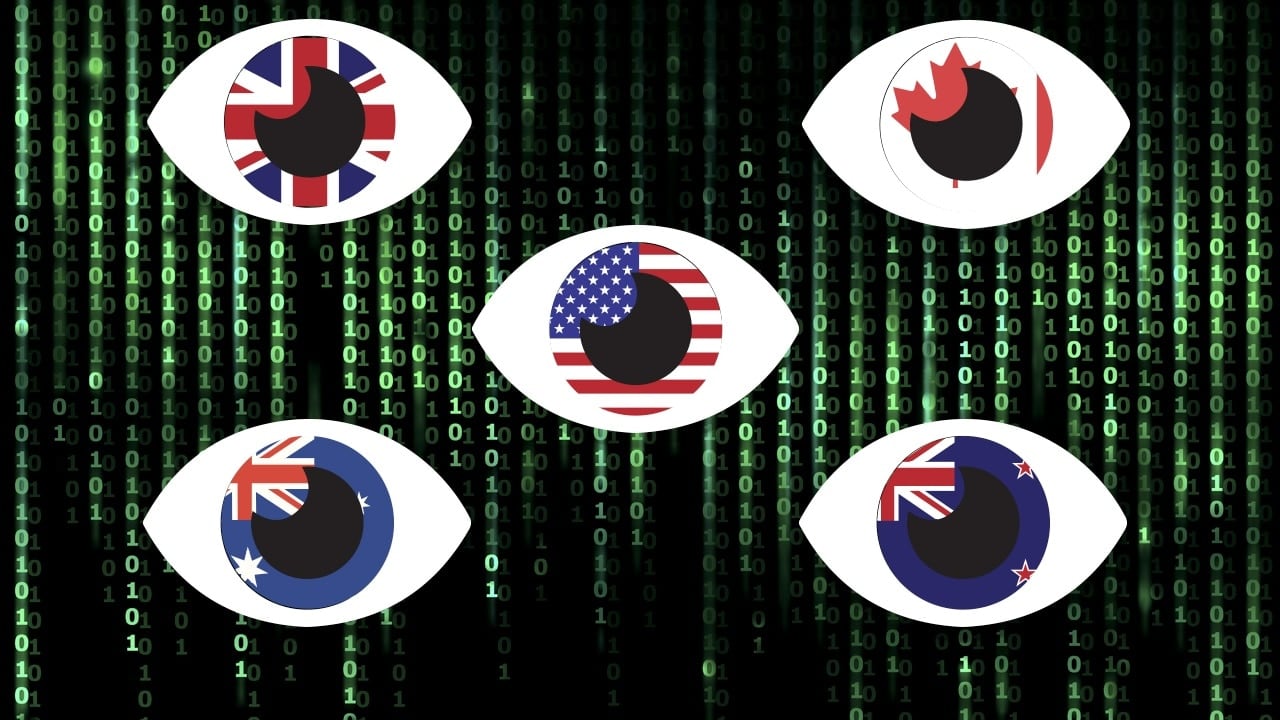
Coming soon: joint international cyberspace operations
As U.S. Cyber Command continues to mature its workforce, operations and tactics, so too are allied nations, some of which are also standing up cyber commands.
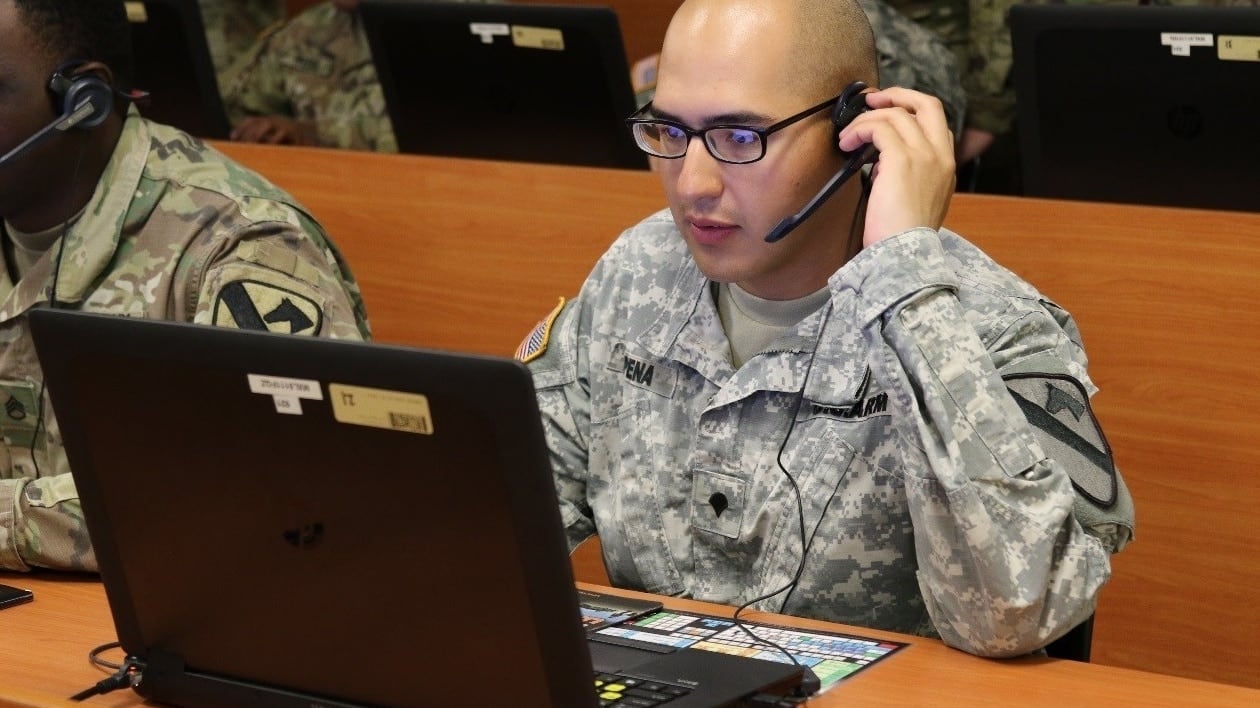
DoD cyber defense arm establishes intel/ops fusion cell
U.S. Cyber Command's defense cyber arm, JFHQ-DoDIN, has stood up a fusion cell for intelligence and operations.

3 ways DARPA will attack the cyber problem
The acting director of DARPA outlined three research areas his organization is focusing on.

Top threats to cyber defenders, according to a senior DISA official
The nature of today’s world requires personnel to be on guard in both their public and private personas.

DARPA works to ensure man can trust machine
“A lot of AI today is a black box, you have this neural net that you put in the inputs, it spits out an answer and 90 percent of the time it’s right. But that last 10 percent, sometimes it really screws up,” says DARPA's acting director.
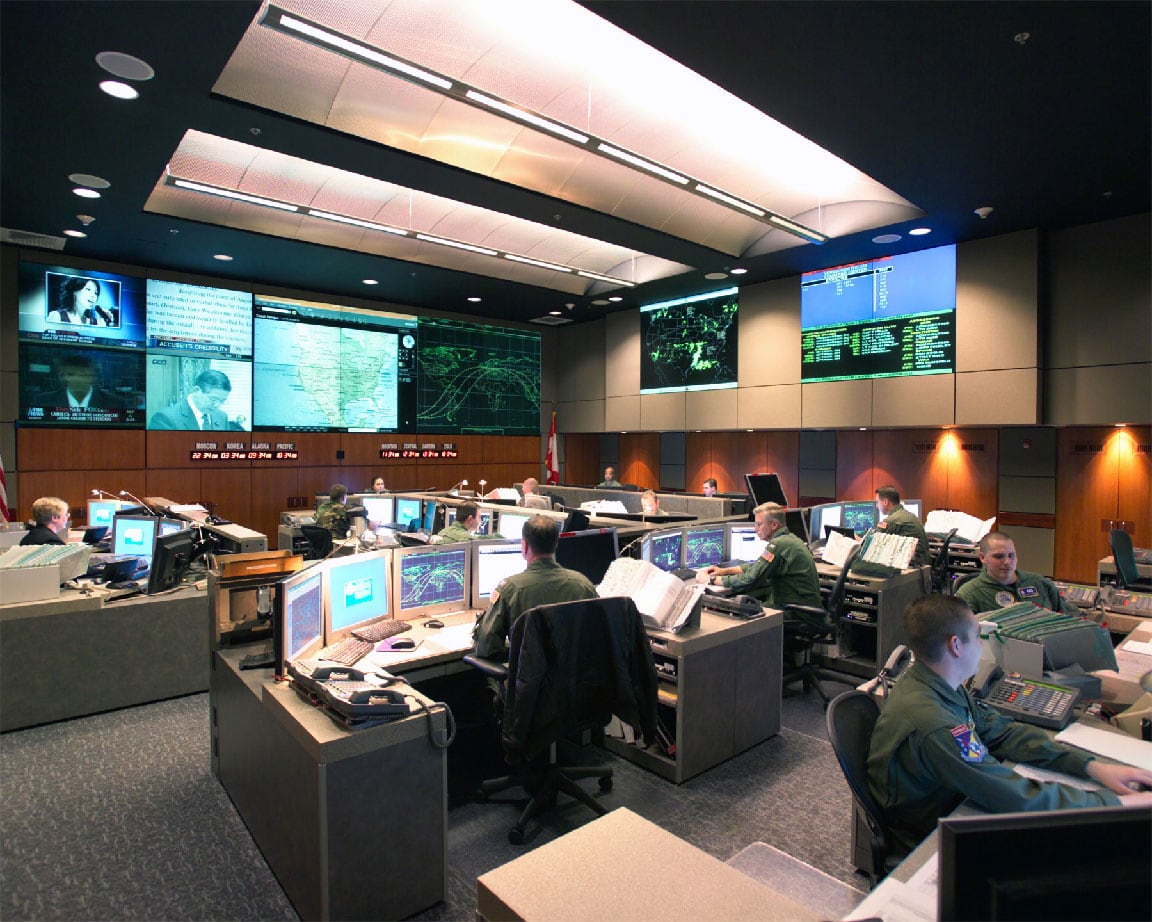
US seeks stronger international cyber defense partnerships
While cyberspace has typically been more difficult to partner on and share information about, the U.S. seems to be opening up its files, so to speak, and looking for greater cooperation with allies.
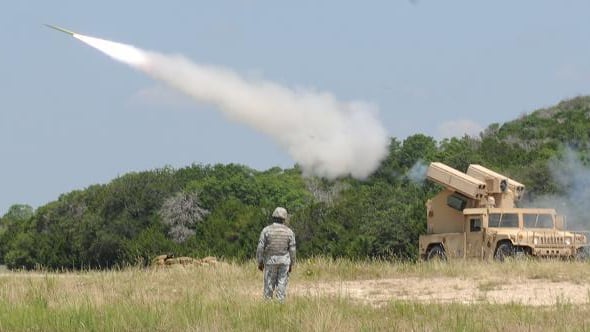
Cyber 'beat cop' needed to add context for SWAT teams
In the experience of one combatant command official, there needs to be a beat cop performing a daily patrol to provide context to the SWAT team when an incident happens.
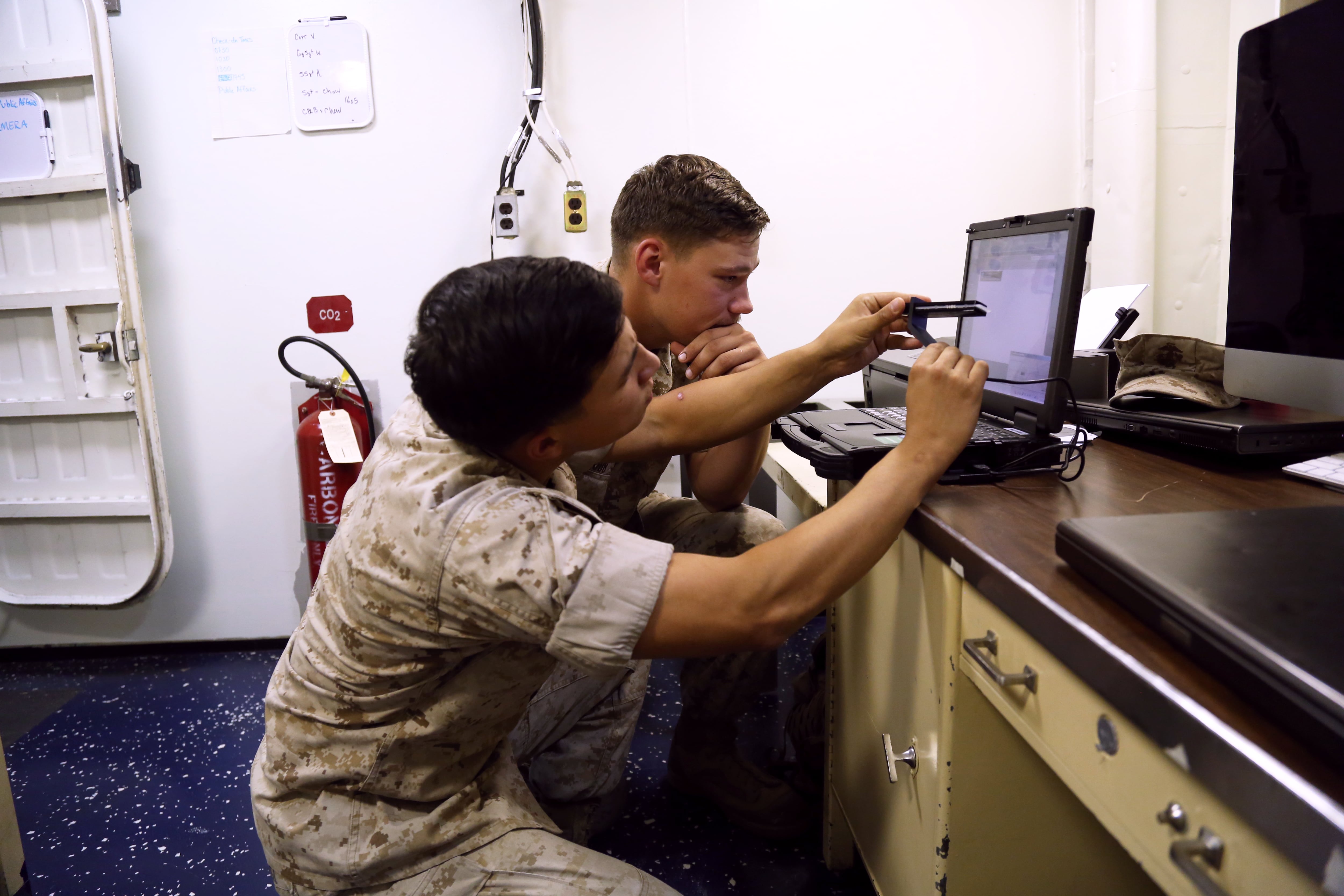
DISA eyeing Wi-Fi killer
DISA could be looking to new Wi-Fi technology.

Gait is the new fingerprint: The next generation of identity authentication
Lt. Gen. Alan Lynn is looking to 'reimagine the workplace,' including the future of Common Access Cards.

Cyber defense arm securing ballistic missile defense networks
DoD's cyber defense arm is working on locking down ballistic missile defense networks.

5 things to explore at the Defensive Cyber Operations Symposium
Today is the first day of the Defensive Cyber Operations Symposium, a three-day event connecting government and industry to focus on creating cyber networks that are resilient, effective and adaptive.
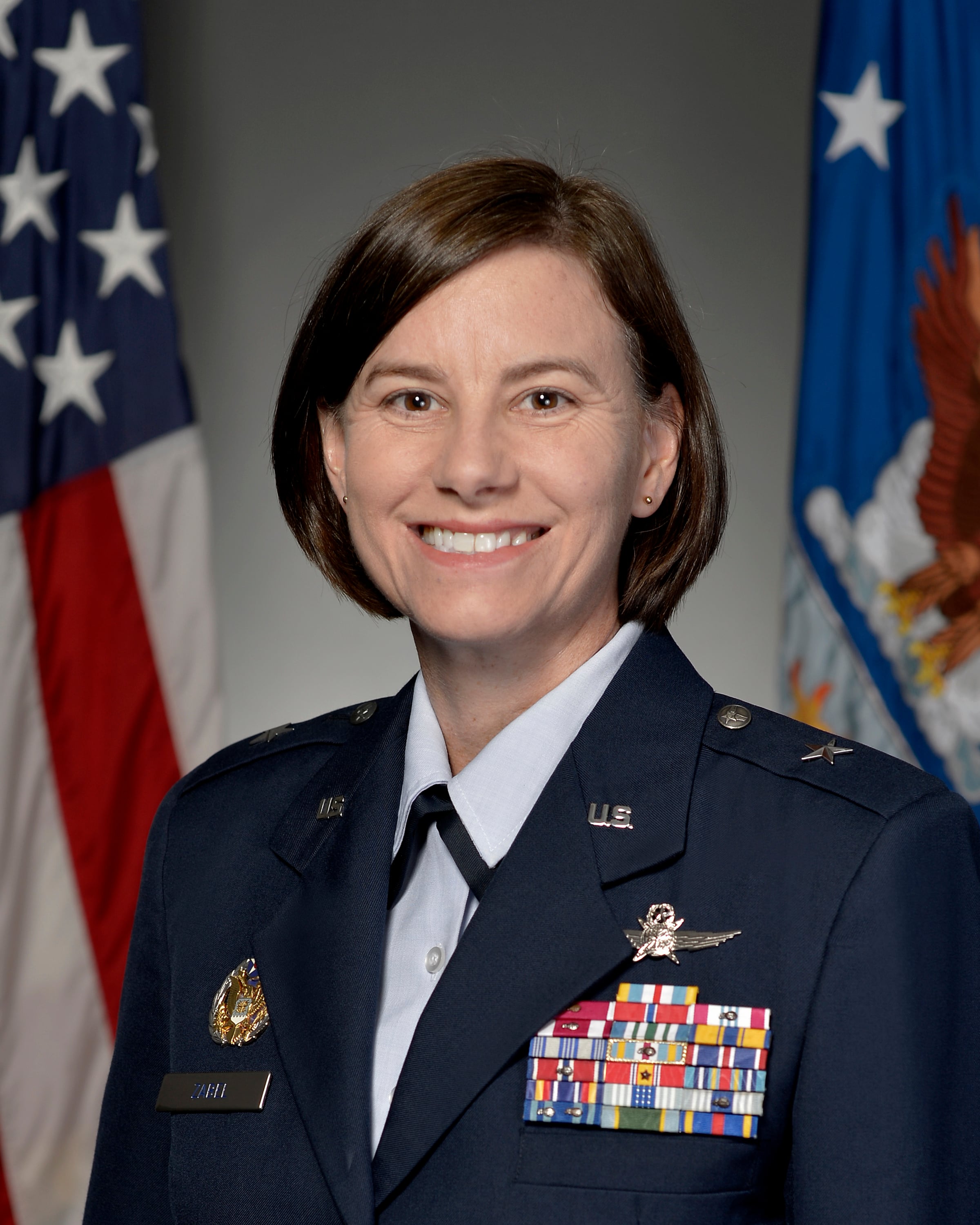
Changing command, a new vice director for DISA
A number of DoD's top IT and intelligence officials are on the move.
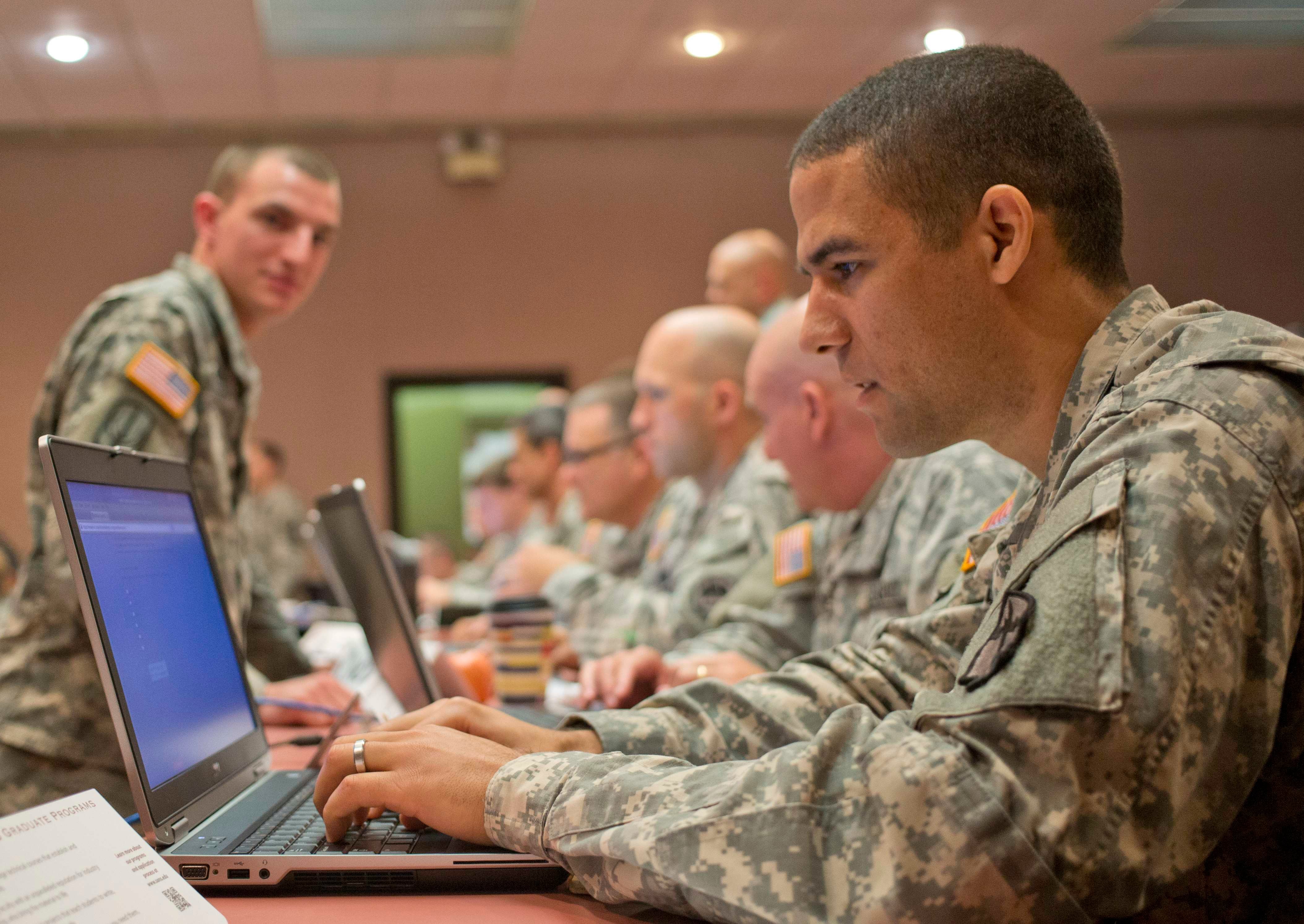
Joint Service Provider office creation 'absolutely' right decision
Brig. Gen. Brian Dravis on JSP’s mission, goals, challenges and growing pains.
